AO Edited
Toilet Cabinet of Ferdinand VII
The Spanish king's private bathroom embraced the idea of a porcelain throne.
To his supporters, Ferdinand VII of Spain was known as el Deseado (“the Desired”). But to his detractors, the 19th-century king was known as el Rey Felón (“the Criminal King”). Ferdinand VII was an absolutist and unscrupulous king, always surrounded by a cabal of sycophants with politics that were geared largely toward his own survival. The only action of his reign for which we should be grateful was the conversion in 1819 of the Villanueva building, where the old Cabinet of Natural Sciences was located, into one of the best fine arts museums in the world, what is now known as the Prado Museum.
In 1828, a restroom was installed at the Prado for the monarch and his family. The Rest Cabinet of His Majesties was kept hidden from the public for many years. In 2019, for the 200th anniversary of the museum, the restroom area was recreated in its original location, currently room 39 of the museum.
They attempted to show, as faithfully as possible, the appearance this room had two centuries earlier, reproducing the cherry-toned colors of the walls at that time and gathering most of the paintings that hung on them. There were a total of 44 frames: portraits like The Family of Felipe V by Louis-Michel van Loo and works by Mengs and Tiepolo. As a self-respecting restroom, there had to be a shelter for the royals and their distinguished guest to relieve themselves. A small room (39A) still maintains the original decorations, as well as several objects intended for the grooming of his majesty.
There are two commodes from the Royal Porcelain Factory of La Moncloa (one for men and one for women), a beautiful silver aquamanile, and a king’s toilet case that includes colorful objects such as basins, glass glasses, toothbrushes, and more.
The most curious object in this space is a curious piece of furniture: a luxurious latrine. The central part, where the toilet seat is placed, is made of mahogany and upholstered in velvet. There’s a piece below that simulates a drawer, but it’s actually an elongated door that opens on one side, leaving all the interior space free to allow access to a chamber pot that was removed by an attendant after use.
This piece was made by the cabinetmaker Ángel Maeso González, one of the most important master craftsmen of the Royal Workshops, being completed in 1830.
Know Before You Go
The Toilet Cabinet of Ferdinand VII is located in room 39A of the Prado Museum in Madrid.
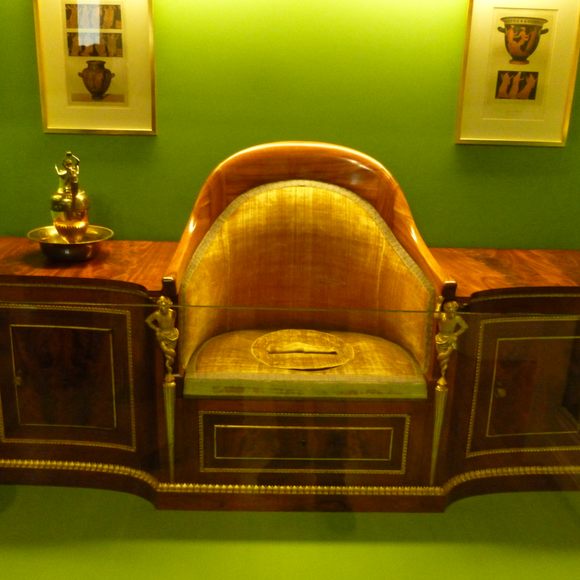



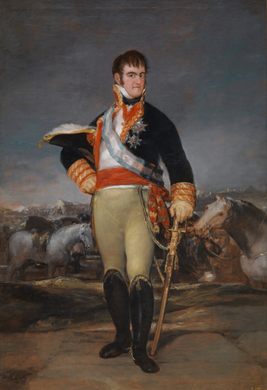




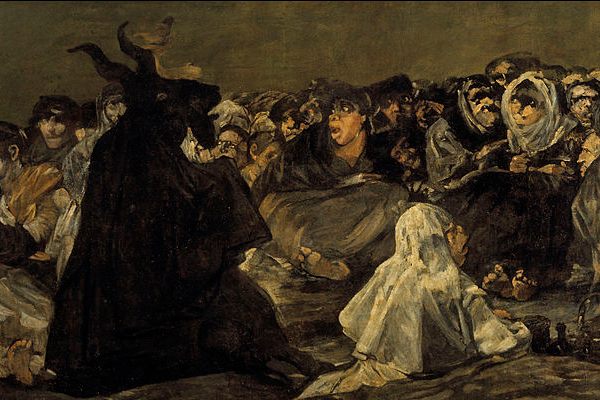
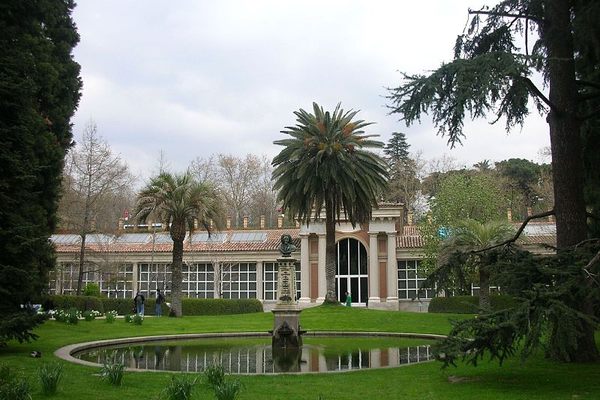
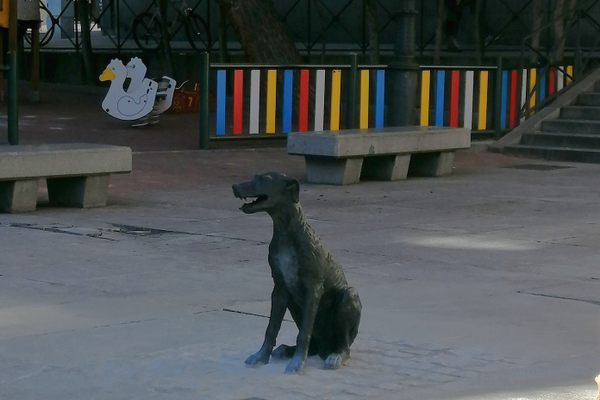



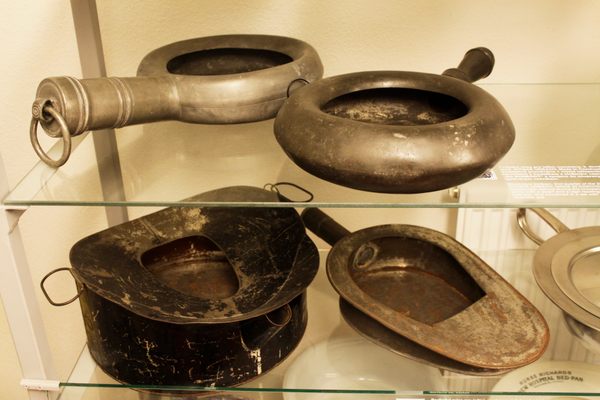
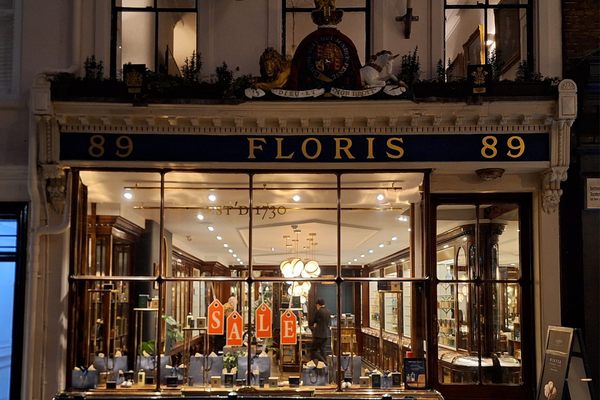

Follow us on Twitter to get the latest on the world's hidden wonders.
Like us on Facebook to get the latest on the world's hidden wonders.
Follow us on Twitter Like us on Facebook